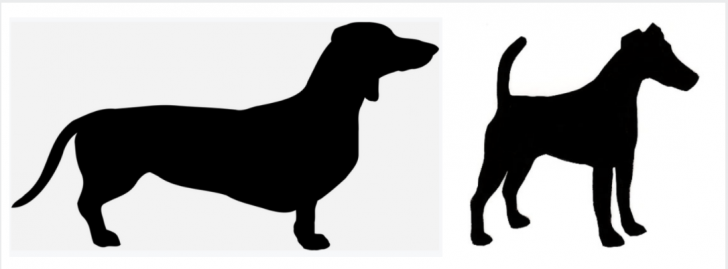
No two dogs, even of the same breed, are built exactly the same. Certainly one structural aspect that varies not just by dog, but by breed, is the amount of desirable forechest, hugely important in evaluating a dog’s front assembly.
Smooth Fox Terriers have almost no forechest at all, while a Dachshund has a very prominent one. Each breed has a different way of doing its job, and it follows that each breed has a different standard of requirement of how it’s built.
The structure of a dog’s chest impacts the ability of the dog to move properly. His or her forechest can hint at the correctness of the dog’s forequarters, or more specifically, the length of the dog’s upper arm, and its angle. Too little forechest can suggest a too short (and straight) upper arm. This can make the dog set too far forward by not allowing the front legs to be situated back far enough under the deepest part of the rib cage. This will adversely effect movement of the front legs because the pectoral muscles will be too short. This is why people “going over” a dog will check to see if the bottom of the chest is about even with the level of the dog’s elbows. This is why we might hear someone say of a young dog, “His chest hasn’t dropped yet.” This is something that experienced heritage breeders know, rookie breeders must learn, and substandard breeders don’t care: A great front – the assembly and angulation of the upper arm and shoulder blade – is hard to come by, and once lost, can take years to get back. This is why the forechest matters.
If you’ve read this far and you’re not a dog nerd, your eyes have probably glazed over, and that’s ok. If you take nothing else away from this post, at least remember this next part: Putting two dogs together of the same breed to create more puppies of that breed isn’t heritage breeding, it’s simply reproducing. Whether we put the words, “legacy,” “heritage” or “conservation” in front of their name, these breeders are invested in their breed and care about things like the forechest because they know how it impacts the rest of the dog. Like architects, the best heritage breeders know the importance of a solid foundation. A well built house will stay standing a long time, and a well built dog can play longer, be our companion longer, do its job, and do all of it in comfort and free of pain.
